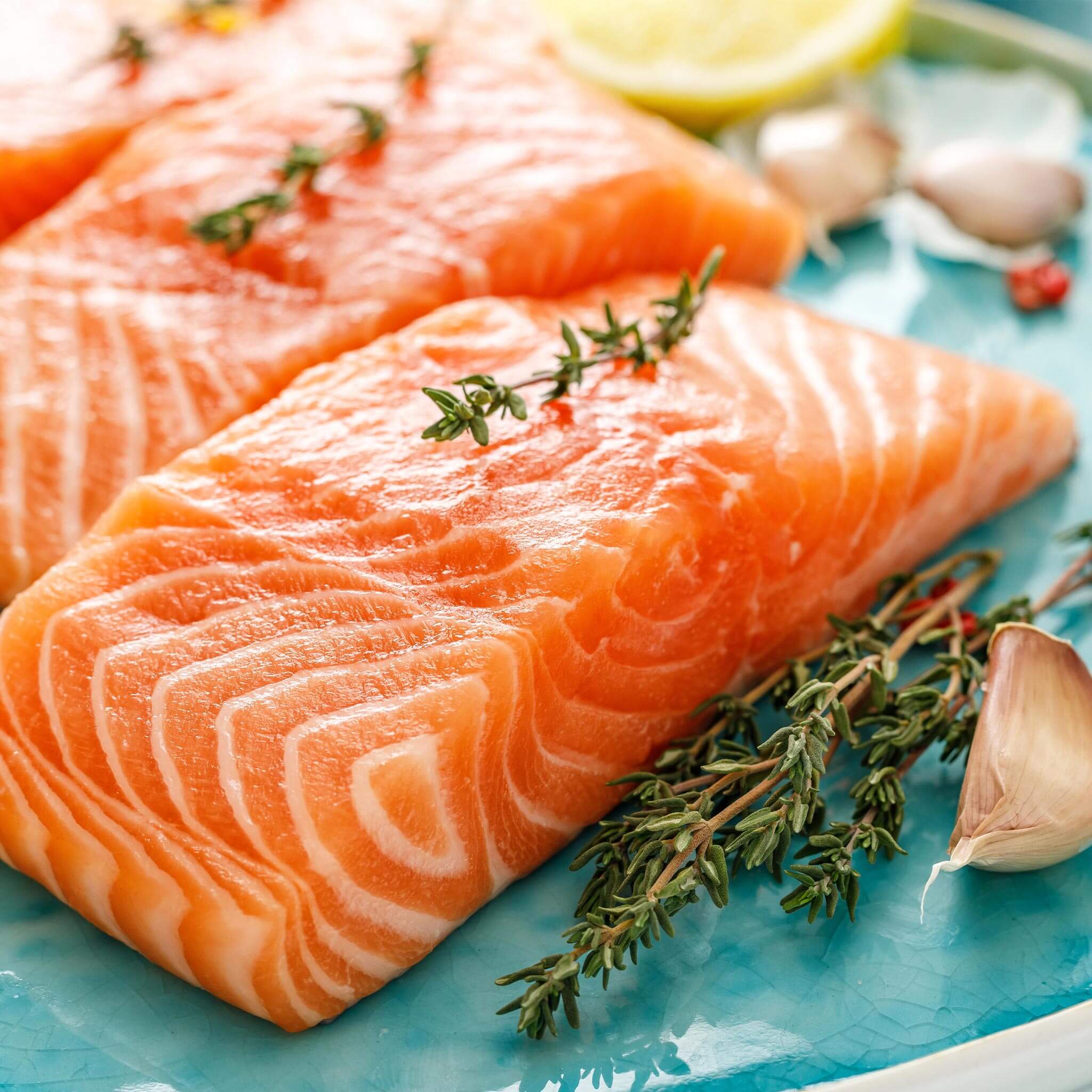
Written by Leslie Bonci, MPH, RDN, CSSD, LDN, FAND
As a registered dietitian and board-certified specialist in sports dietetics, my primary goal is to help my clients and athletes make the most from the food on their plates to make their health performance great. My current position as sports dietitian for the Kansas City Chiefs continues a career that has had me working with professional athletes in the NFL, MLB, and NHL, as well as those on the American Olympic team. My focus throughout has been on performance nutrition and long-term recommendations that can support health beyond an athlete’s professional career.
This comprehensive, clinical and nutrient-inclusive approach starts with working with an athlete to determine any possible pre-existing health conditions and noting any family history of disease. The nutritional strategies I develop can address the increased risk of inflammation attendant to contact sports, balance the optimum mix of protein and carbs needed for energy and muscle-building, and direct the selective intake of certain fats that can help optimize eye, heart, and other areas of health. This post focuses on the nature of those fats and the best ways to obtain them in your regular diet.
Breaking Down the Differences Between 3, 6, & 9
Fats in our foods are made up of fatty acid chains. These consist of carbon and hydrogen atoms that are linked together. The numbers in “omega-3, omega-6, and omega-9” refer to the distance between the end of the chain (its “omega”) to where the first double-bond of carbon within the chain appears.
Omega-9 fats are “non-essential” fatty acids. That designation connotes the body’s ability to produce them on its own. They are found in oleic acid available in foods such as; olive oil, peanuts, and other nuts and seeds, all excellent ways to get additional health support from the oleic acid these foods contain.
By contrast, omega-6 and omega-3 are “essential” fatty acids we must consume since our bodies can’t produce them. They are primarily found in the linoleic acid available in vegetable, soybean, and corn oil, as well as mayonnaise, nuts, and seeds. But as Harvard Medical School notes, “most Americans eat considerably more omega-6 fats than omega-3 fats”, unlike most other countries of the world where the amount of omega-3 consumed relative to omega-6 is much higher. A low intake of omega-3 fats is not good for cardiovascular health, so bringing the two into better balance is a good idea.”
The body’s ability to produce omega-9 on its own and an American diet that tends to deliver plenty of omega-6 (but a shortfall of omega-3) make omega-3 a particularly valuable nutrient to add to our daily diets.
The Three-Part Omega 3 Story
Tapping into omega-3’s full power requires a deeper peek at its 1) forms, 2) the foods where they can be found, and 3) the long list of benefits it can provide.
Omega-3 comes in three forms of acids: EPA (eicosapentaenoic acid), DHA (docosahexaenoic acid), and ALA (alpha-linolenic acid). ALA is the most common omega-3 fatty acid found in our diets. A small percentage of it is converted into EPA or DHA. The rest is stored or used as energy like other fats. EPA plays numerous physiological roles, including reducing inflammation. DHA supports the structure of your skin and retinas and brain function as well.
Some plant-based foods provide ALA such as chia, flaxseed, walnuts, and borage, but one of the best places to get the total trio of these critical acids is fish rich in oils, like rainbow trout, sardines, mackerel, and some shellfish. And, of course, that perennial seafood star—salmon.
The cardio-protective benefits of omega-3 found in such seafood are profound. They can both minimize the risk of developing heart disease and slow the progression of existing disease. This is done through a host of physiological effects, including:
• Increasing HDL levels (high-density lipoprotein or “good” cholesterol)
• Decreasing platelet aggregation, which minimizes the risk of stroke
• Decreasing the risk of arrhythmia (irregular heartbeat)
• Decreasing the buildup of plaque in the arteries
• Decreasing blood pressure
And Omega-3s provide other health benefits as well. There is evidence that they may reduce the secretion of enzymes that cause inflammation. And a recent study points to potential advantages for athletes as well. It suggests omega-3’s ability to minimize exercise-induced muscle damage. That boon can decrease post-workout soreness while helping the body to repair and restore itself.
Sourcing Omega and More with Secret Island
Secret Island salmon is a great source of all three omegas. And this nutritionally-dense fish has a lot more to offer as well. It’s high in polyunsaturated and monounsaturated fats that help reduce bad cholesterol levels in your blood, provides high-quality protein that fills you up while supporting muscle and bone health, and is a good source of potassium. The latter is an essential nutrient critical to almost everything your body does, yet one that the American diet generally under delivers to serve those needs.
Getting these kinds of nutrient-amplifying benefits on your plate is deliciously simple. One of my favorite ways to do it is with this quick-fix recipe. Simply serve a portion of Secret Island salmon with salt, pepper, and lemon juice over a chopped kale salad. It’s one of the best ways I know to put the awesome power of omegas to work to support your good health!
